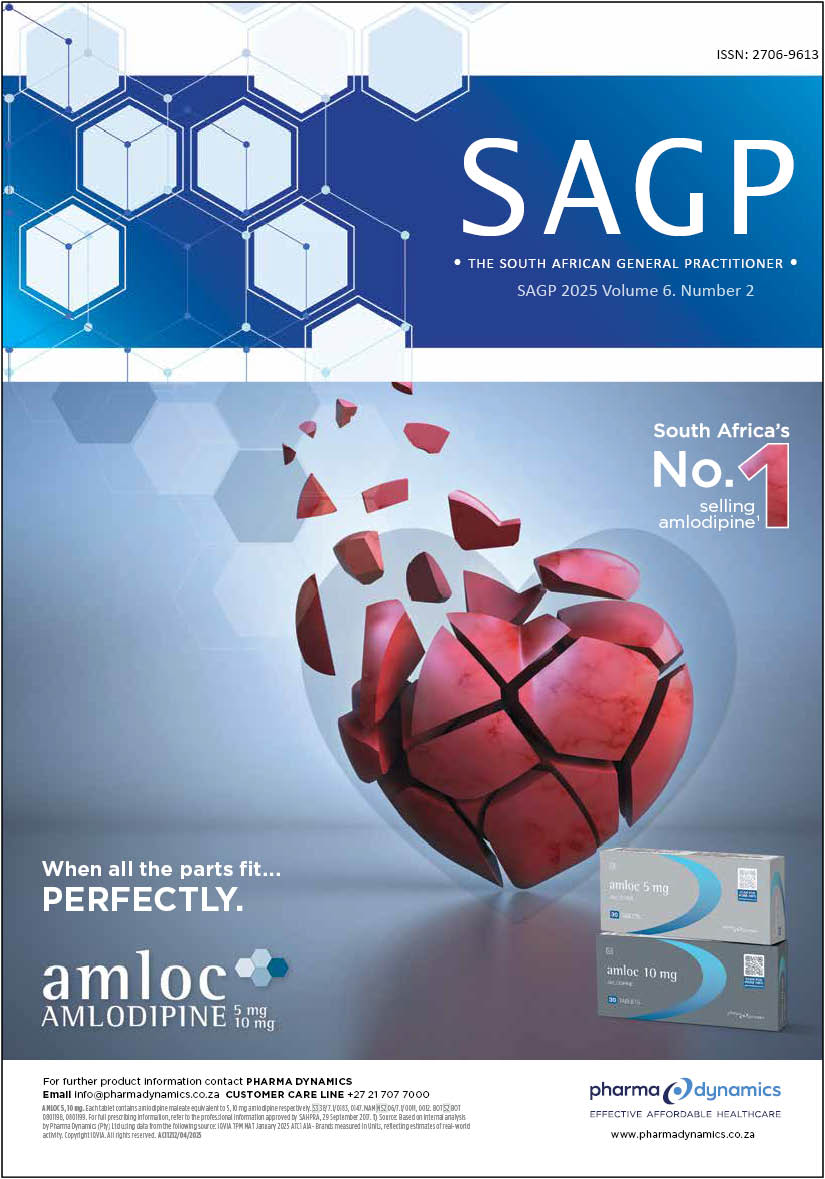Genitourinary syndrome of menopause
Keywords:
genitourinary syndrome, menopauseAbstract
Genitourinary syndrome of menopause (GSM) encompasses a spectrum of genital, urinary, and sexual symptoms resulting from oestrogen deficiency during and after menopause. Previously termed vulvovaginal or urogenital atrophy, the condition affects 40–54% of postmenopausal women. Oestrogen normally maintains the vaginal epithelium, its elasticity, lubrication, and a protective microbiome. Its decline leads to progressive atrophy, dryness, dyspareunia, higher vaginal pH, and increased infection risk. Urinary symptoms such as urgency, frequency, dysuria, and recurrent urinary tract infections are also common. GSM is underdiagnosed, with many women reluctant to discuss symptoms. Diagnosis is based on clinical features, supported by measures such as vaginal pH or maturation index. First-line management includes lifestyle modification, vaginal moisturisers, and lubricants, while low-dose vaginal oestrogen remains the most effective therapy, improving epithelial health and urinary outcomes. Novel options, such as ultra-low-dose oestriol combined with lactobacilli, show promising efficacy and tolerability.




